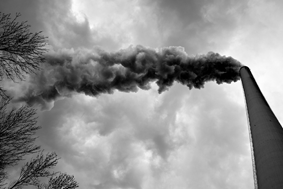Natural Disasters and Climate of Pakistan
The environmental field has experienced a major transition in the past 20 years. Climatic changes are actually happening and Earth is heating up, the glaciers melting and water is being consumed by the growing population. The changing climate leads to changes in the frequency and timing of extreme weather and climate events, and can result in unprecedented extreme weather and climate events. Geographically, Pakistan lies between 24 o and 37 o N latitude and 61 o and 75 o E longitude. With the scarcity of water, there is less food to grow and South Asia is the most vulnerable region of the world as its population is growing far too quickly and the glaciers in the Himalayas depleting very fast. There are two sources of rainfall in Pakistan: the Monsoon and the Western Depression. The former takes place from July to September and the latter from December to March. For Pakistan, the bad news is that the River Indus is 30 to 40 per cent dependent on the Himal...







